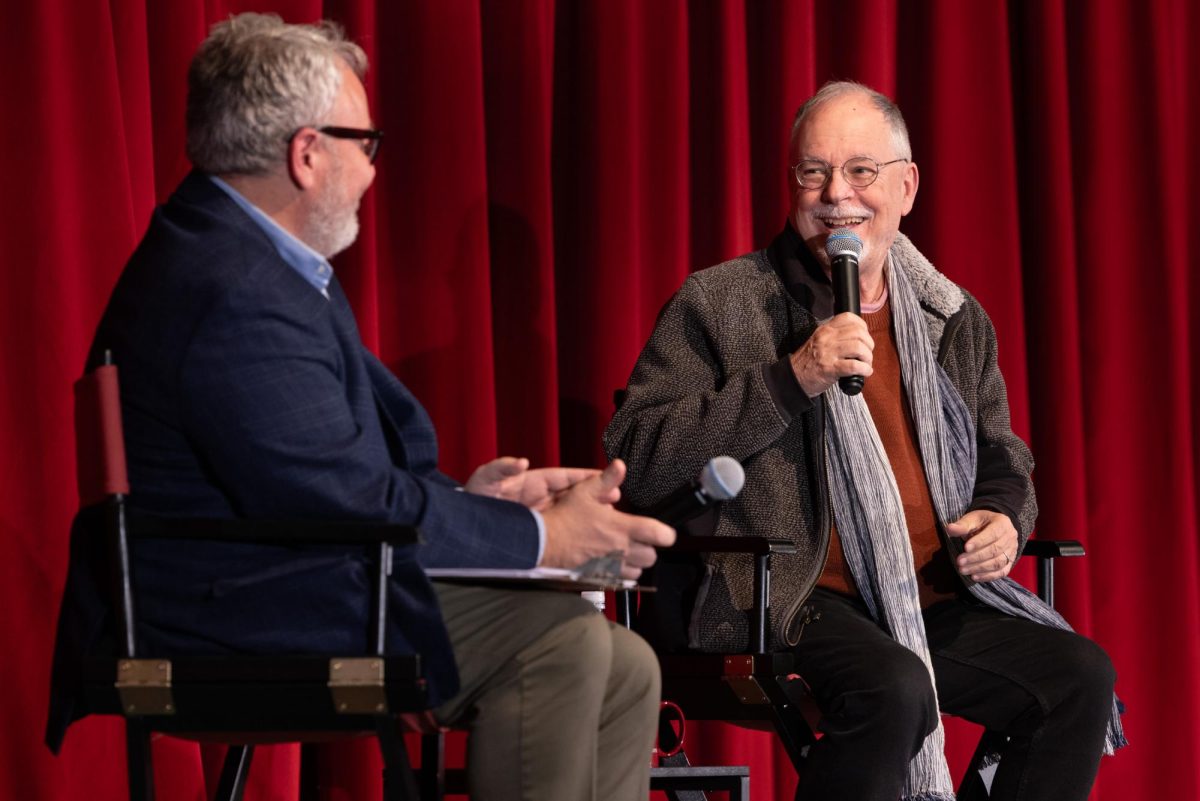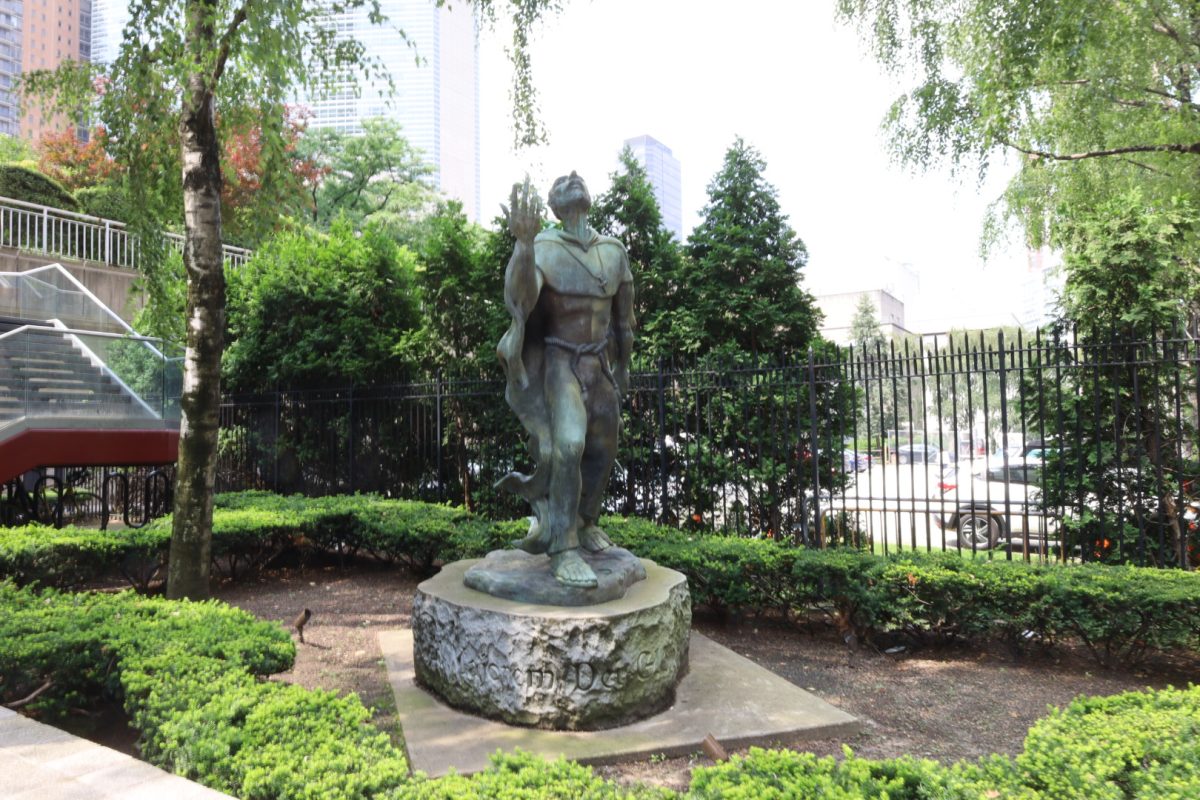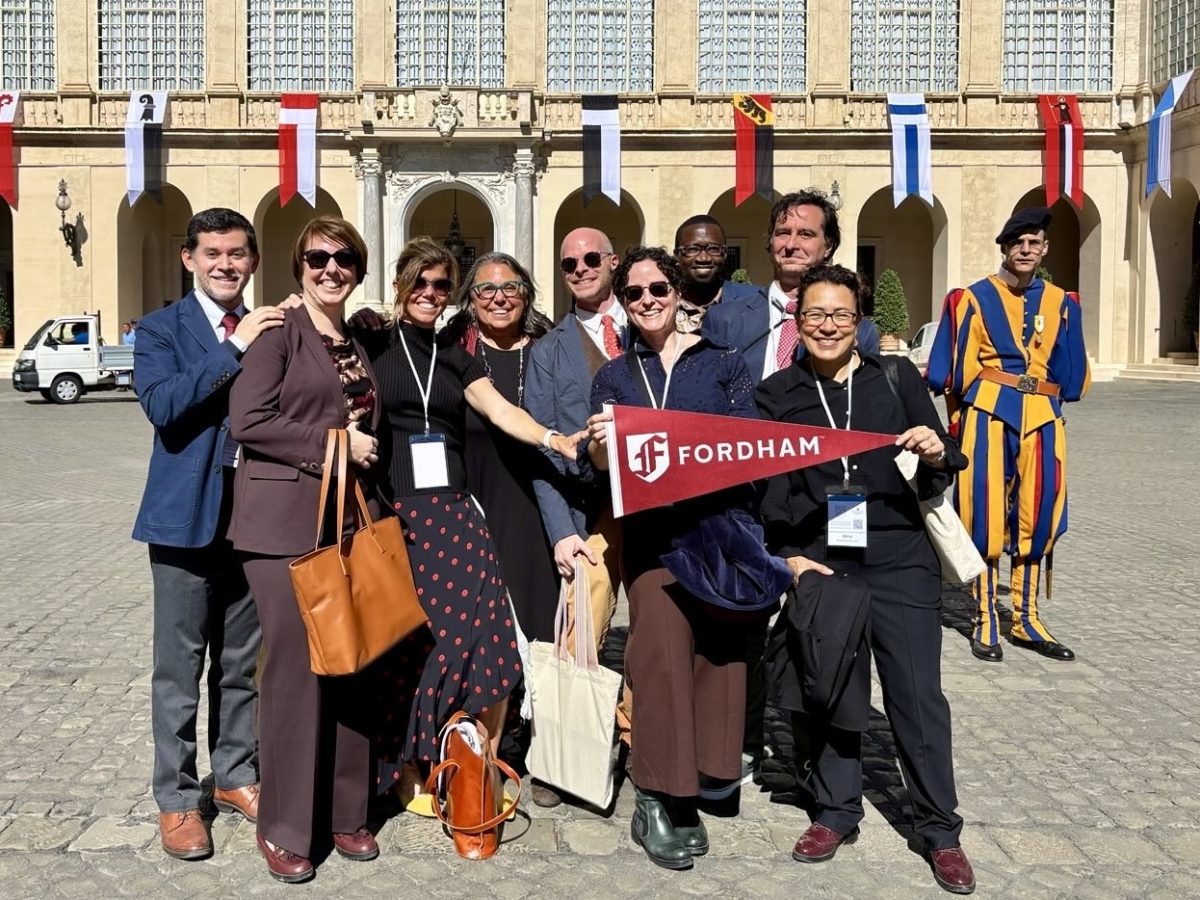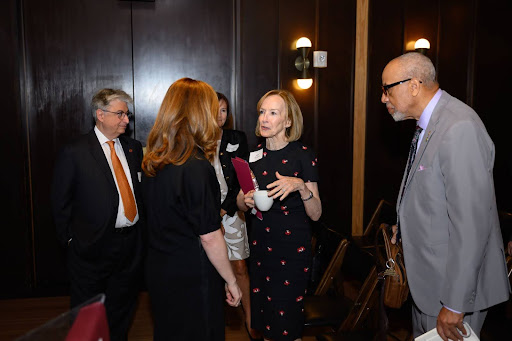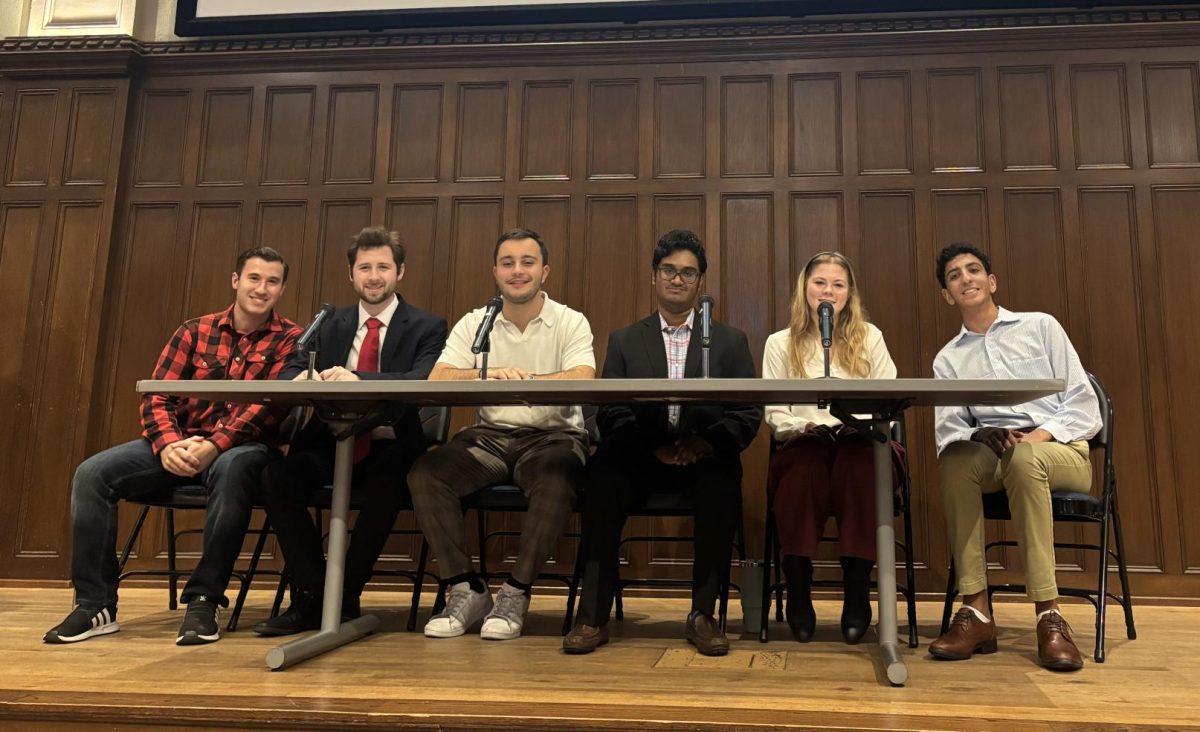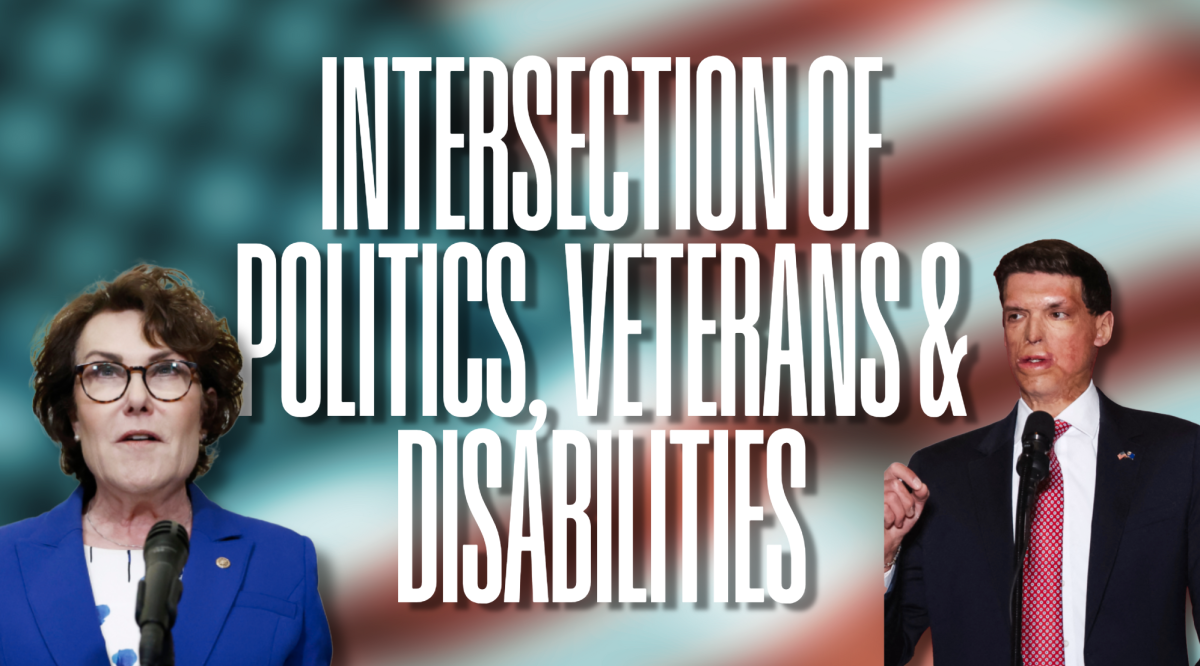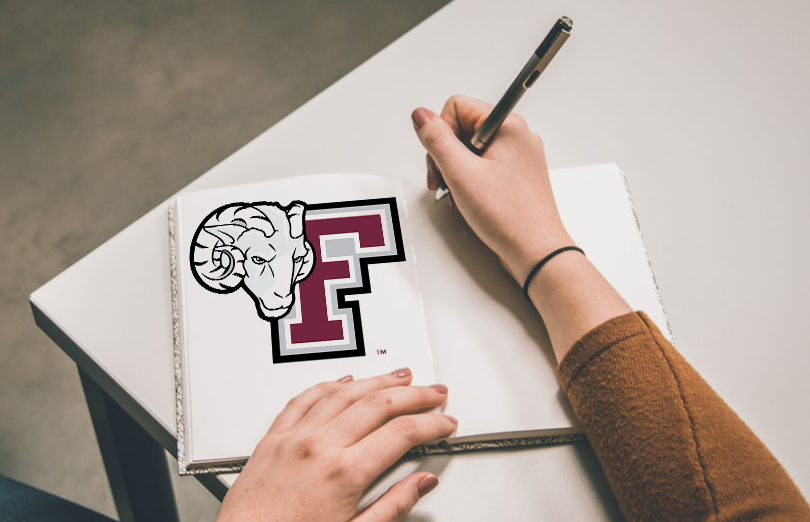By Victor Ordonez

President Donald Trump’s Twitter rhetoric during the 2016 election mocked political opponents and even produced factually unsubstantiated information. However, according to Joseph Moresky, FCRH ’17, those very tweets may have aided in shaping an unexpected Trump victory.
Under the guide of Paul Levinson, professor of communications and media studies, Moresky’s undergraduate research, “Impact of Twitter Usage on the 2016 Presidential Election,” analyzes the Trump campaign’s use of social media.
“On paper, his use of Twitter was inefficient, it didn’t get the job done and more times than not it was an obstacle to a normal campaign operation,” said Moresky. “What it did generate was an enormous amount of earned media coverage.”
Earned media is any media that is not paid for by a candidate or a campaign. For example, if a campaign were to tweet something outlandish and a news outlet were to have a segment covering that tweet, that would be earned media coverage, according to Moresky.
“Often outrageous in subject material, tweets from the candidate have routinely generated substantial earned media for the campaign,” said Moresky in his research. “While provocative content provides some operational benefit to the campaign, it ultimately amplifies messages that are corrosive in nature to a pluralistic political environment.”
Trump’s campaign earned over two billion dollars in earned media coverage during the campaign season, according to MediaQuant. In February of 2016, the Trump campaign generated approximately 400 million dollars’ worth of earned media coverage, or more than the total cost of John McCain’s 2008 presidential campaign.
“The eye-catching nature of Trump’s tweets has made his frequent postings fodder for attention-grabbing headlines, leading to significant earned media coverage of his antics,” said Moresky.
However, most of Moresky’s research occurred during the 2016 election. While polls from CBS, ABC, CNN and FOX news all anticipated a swift end to the Trump campaign, Moresky’s undergraduate research sought to uncover the strategy behind Trump’s continued unconventional approach towards Twitter.
Moresky first compared the Trump campaign’s current social media strategy with that of other candidates. The underlying question behind his work: “How does social media function in a stereotypical campaign ecosystem?”
In a stereotypical campaign ecosystem, a campaign uses social media “to hone in on a message already established and emphasizes a talking point,” according to Moresky.
The research concluded that Trump did not abide by the rules of a stereotypical campaign. Moresky found that Trump tweets did not adequately illustrate a message, nor did they successfully seize opportunities to attack his opponents throughout his campaign.
“Initially, we found that organizational deficiencies that resulted from unorthodox levels of candidate autonomy negatively impacted the Trump campaign’s ability to effectively engage in crisis response, with consistent messaging and surrogate coordination a prime issue,” said Moresky.
Since there was not much academic research yet to be published for the ongoing election, Moresky took individual tweets that he believed could merit as case studies. In one instance, Moresky found that Trump had missed his opportunity to criticize presidential candidate Hillary Clinton after she had given a speech on foreign affairs.
“For a Republican candidate, it should be an easy point of attack to make the case that the record she’s running may not be adequate,” said Moresky.
Instead of attacking her record on foreign affairs as secretary of state, Trump tweeted on how she “poorly” read from the teleprompter and how she did not “even look presidential.”
After finding his tweet to be an unusual response from a campaign, Moresky compared Trump’s strategy to the real-time strategy of the Republican National Committee (RNC).
“The RNC had planned surrogate coordination and had people show up on different talk shows,” said Moresky. “They had disseminated coherent talking points, and they had briefed everyone on how to respond to questions regarding the speech. None of that happened at the Trump campaign, and the extent of the response was that tweet.”
This particular tweet earned Trump media coverage. Moresky is unclear as to whether this was the Trump campaign strategy. However, he believes that this sort of behavior was within the parameters of Trump’s character.
The key question here: Whether this was an intentional set of behaviors or whether this was an accidental outcome,” said Moresky. “Based on narrative analyses I’ve done, this was sort of behavioral for him. It is sort of his gut reaction to generate this sort of media attention.”
Moresky continued to attribute Trump’s Twitter behavior to his tabloid mentality rather than branding it a campaign strategy.
“His media mentality: if you’re not on the front page, if you’re not in the news cycle, if you’re not constantly defending yourself from these itty-bitty accusations, you’re somehow losing ground. This is not the normal campaign mindset,” said Moresky.
Although it was admittedly a historic campaign, Moresky does not believe that this sort of campaigning will become a trend for future politicians.
“Nobody else could have pulled off this strategy because no other candidate would have had the enormous amount of built-in name recognition required to pull it off,” said Moresky. “I think it was a very unique strategy, whether intentional or unintentional, for a very unique candidate.”



































































































































































































